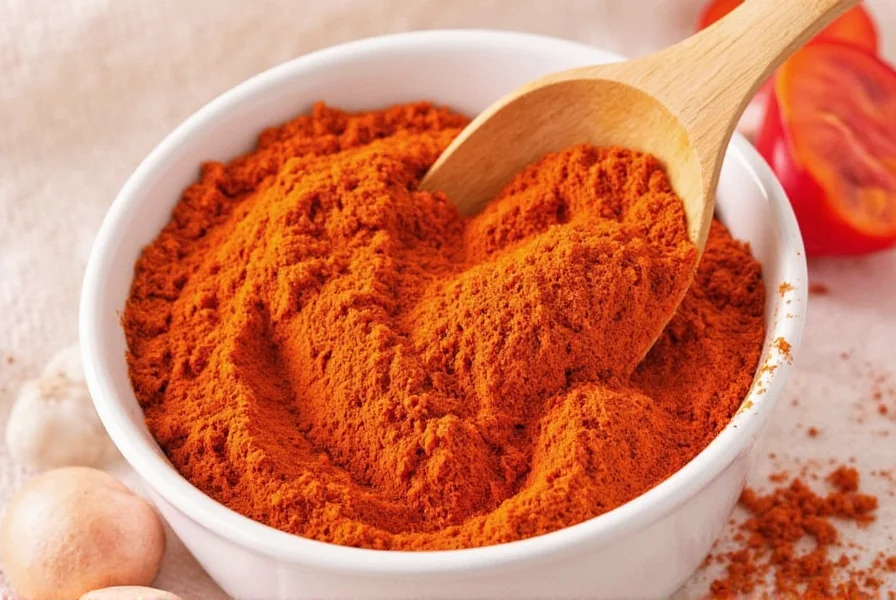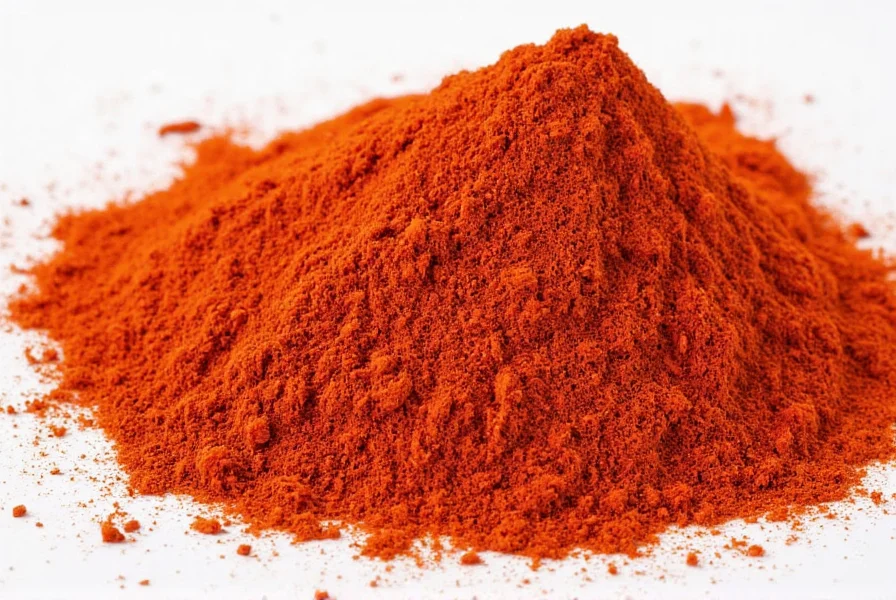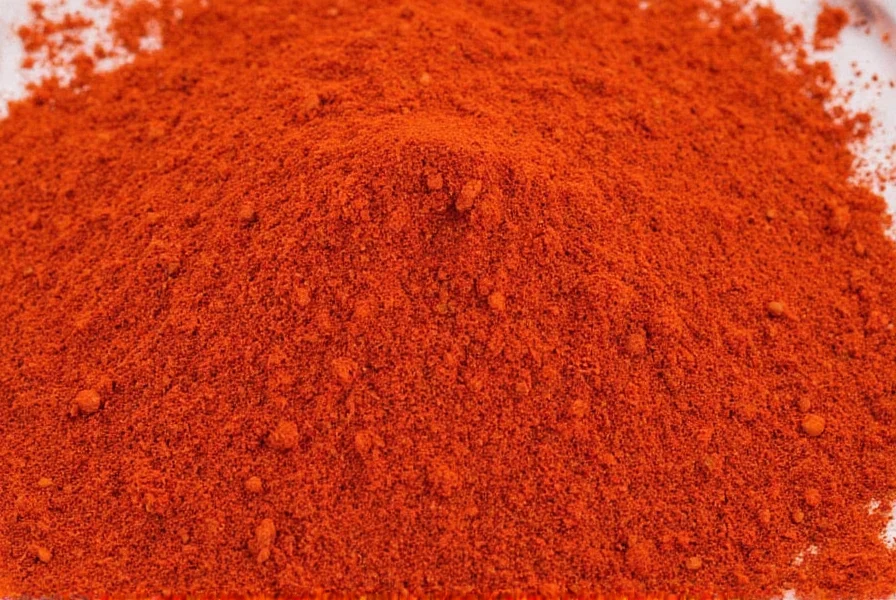Preparing paprika typically refers to using this vibrant spice in cooking rather than making the spice itself. For cooking applications, add 1-2 teaspoons of paprika to dishes near the end of cooking to preserve its delicate flavor. For authentic Hungarian paprikash, sauté onions until golden, briefly toast the paprika, then incorporate meat and simmering liquid. If you're asking how paprika is manufactured, it's created by drying and grinding specific sweet or hot pepper varieties until fine.
Understanding how to properly prepare and use paprika can transform your cooking from ordinary to extraordinary. This versatile spice, made from ground peppers, adds depth, color, and distinctive flavor to countless dishes worldwide. Whether you're crafting a traditional Hungarian goulash or simply seasoning roasted vegetables, knowing the proper techniques for preparing with paprika makes all the difference.
Understanding Paprika Varieties and Their Uses
Paprika isn't a one-size-fits-all spice. Different varieties serve distinct culinary purposes:
| Type of Paprika | Heat Level | Best Culinary Uses |
|---|---|---|
| Sweet Hungarian | Mild | Traditional goulash, chicken paprikash, soups |
| Hot Hungarian | Medium-Hot | Spicy stews, meat dishes needing heat |
| Smoked Spanish (Pimentón) | Mild to Hot | Bean dishes, paella, grilled meats |
| Sweet American | Very Mild | Garnishing, deviled eggs, light seasoning |
Choosing the right paprika variety is the first step in proper preparation. Sweet Hungarian paprika provides the classic flavor for traditional paprikash, while smoked Spanish varieties add a completely different dimension to dishes.
How Paprika Is Made: From Pepper to Powder
Though most home cooks use pre-made paprika, understanding how it's prepared provides valuable context for its culinary applications. Authentic paprika production involves:
- Selecting specific pepper varieties (like édes or főédönás in Hungary)
- Drying peppers either in the sun or using controlled heat
- Removing stems and seeds
- Grinding to a fine powder
- Optional: Smoking peppers over oak or beech wood for smoked varieties
This meticulous process explains why high-quality paprika commands premium prices and why proper storage (in a cool, dark place) preserves its vibrant color and flavor for 6-12 months.

Essential Techniques for Cooking with Paprika
Mastering how to prepare paprika in your cooking requires understanding these critical techniques:
When to Add Paprika During Cooking
The timing of paprika addition dramatically affects flavor development. For the best results when preparing paprika dishes:
- For maximum color and mild flavor: Stir into finished dishes just before serving
- For deeper flavor development: Bloom in warm oil for 30-60 seconds before adding other ingredients
- For traditional Hungarian dishes: Add to sautéed onions, cook briefly (15-30 seconds), then immediately add liquid to prevent burning
Never add paprika directly to high-heat cooking surfaces - it burns easily at temperatures above 225°F (107°C), turning bitter.
Perfecting the Paprika Base
The foundation of authentic paprikash preparation involves creating a roux-like base:
- Saute finely chopped onions in lard or oil until golden
- Reduce heat to low
- Add paprika and stir constantly for 15-30 seconds
- Immediately add a small amount of liquid (broth or water) while stirring
- Continue with recipe
This technique, called "pirítás" in Hungarian, prevents burning while maximizing flavor extraction.
Classic Paprika Recipe: Authentic Chicken Paprikash
Follow this step-by-step guide for preparing paprika the traditional way:
Ingredients
- 2 lbs chicken thighs and drumsticks
- 3 tbsp lard or vegetable oil
- 2 large onions, finely chopped
- 3 tbsp sweet Hungarian paprika
- 2 cloves garlic, minced
- 2 cups chicken broth
- 1 red bell pepper, sliced
- Sour cream for serving
- 1 tbsp flour (optional, for thickening)
Step-by-Step Preparation
- Season chicken with salt and pepper, then brown in lard in a heavy pot
- Remove chicken and set aside
- In the same pot, sauté onions until golden (15-20 minutes)
- Reduce heat to low and add paprika, stirring constantly for 15 seconds
- Immediately add 1/4 cup broth while stirring to create a smooth base
- Add garlic, bell pepper, and remaining broth
- Return chicken to pot, cover, and simmer for 30-40 minutes
- Optional: Mix 1 tbsp flour with 2 tbsp cold water, stir into simmering sauce to thicken
- Serve with sour cream and nokedli (Hungarian dumplings)

Common Mistakes to Avoid When Preparing Paprika Dishes
Even experienced cooks make these errors when learning how to prepare paprika dishes:
- Burning the paprika: Adding it to high-heat surfaces causes bitterness
- Using old paprika: Stale paprika loses vibrant color and flavor
- Adding at the wrong time: Putting paprika in at the beginning of long cooking processes diminishes flavor
- Mixing paprika types: Combining sweet and smoked varieties creates confusing flavor profiles
- Overheating after adding: Simmering too vigorously after adding paprika degrades flavor
Paprika Substitutions and Storage Tips
When you need to prepare paprika dishes without paprika:
- Cayenne pepper (use 1/4 the amount) for heat but different flavor
- Chili powder (use equal amount) though it contains additional spices
- Tomato paste + cayenne for color and mild heat
- Pimento powder as the closest substitute
For optimal freshness when storing paprika, keep it in an airtight container away from light and heat. Properly stored, it maintains peak quality for 6-12 months. Test paprika's freshness by rubbing a small amount between your fingers - vibrant color and strong aroma indicate freshness.











 浙公网安备
33010002000092号
浙公网安备
33010002000092号 浙B2-20120091-4
浙B2-20120091-4